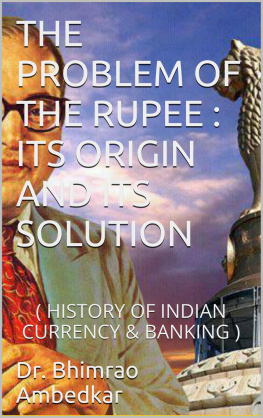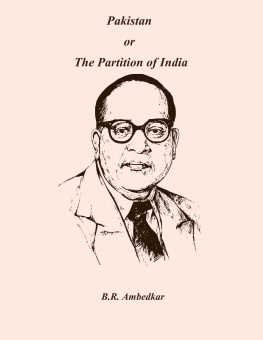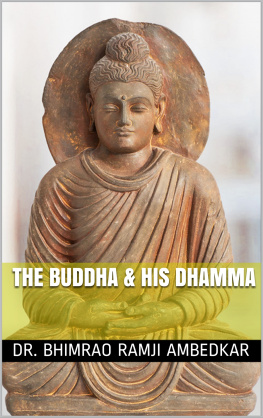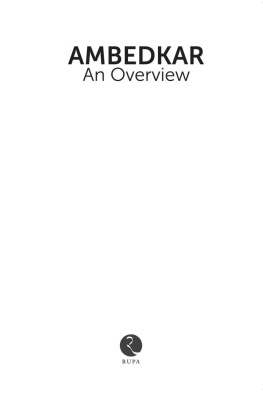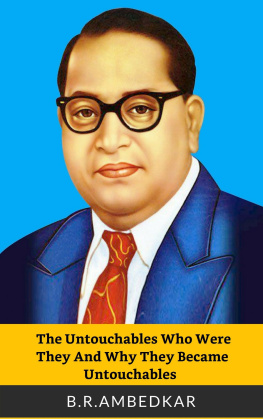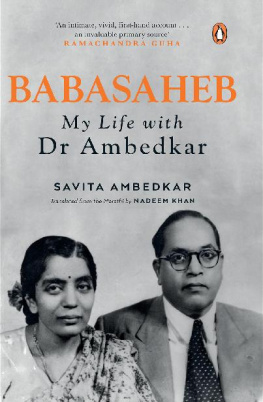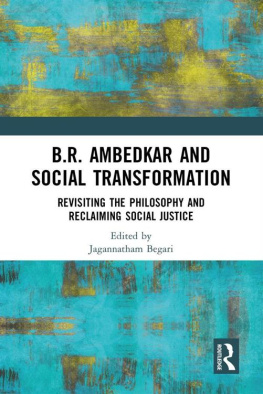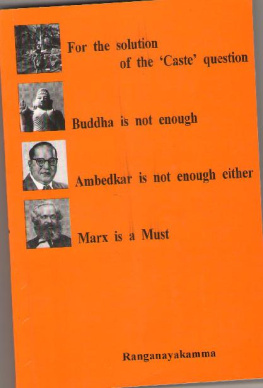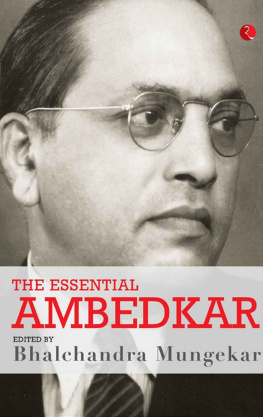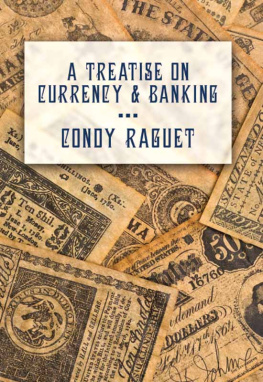THE PROBLEM OF THE RUPEE:
ITS ORIGIN AND ITS SOLUTION
(HISTORY OF INDIAN CURRENCY & BANKING)
________________________________________________________________________________________
B. R. AMBEDKAR
Sometime Professor of Political Economy at the Sydenham
College of Commerce and Economics, Bombay.
LONDON P. S. KING & SON, LTD. ORCHARD HOUSE, 2 & 4 GREAT SMITH STREET WESTMINSTER 1923
DEDICATED TO THE MEMORY OF
MY
FATHER AND MOTHER
AS A TOKEN OF MY ABIDING GRATITUDE FOR THE
SACRIFICES THEY MADE AND THE ENLIGHTENMENT
THEY SHOWED IN THE MATTER OF MY EDUCATION.
Printed in Great Britain by Butler & Tanner Ltd., Frome and London
Contents
Preface To The Second Impression
Author's Preface
Foreword By Professor Edwin Cannan
Chapter I - From A Double Standard To A Sliver Standard
Chapter II- The Silver Standard And The Dislocation Of Its Parity
Chapter III- The Silver Standard And The Evils Of Its Instability
Chapter IV -Towards A Gold Standard
Chapter V - From A Gold Standard To A Gold Exchange Standard
Chapter VI - Stability Of The Exchange Standard
Chapter VII- A Return To The Gold Standard
BIBLIOGRAPHY
PREFACE TO THE SECOND IMPRESSION
THE PROBLEM OF THE RUPEE was first published in 1923. Ever since its publication it has had a great demand : so great that within a year or two the book went out of print. The demand for the book has continued, but unfortunately I could not bring out a second edition of the book for the reason that my change-over from economics to law and politics left me no time to undertake such a task. I have, therefore, devised another plan : it is to bring out an up-to-date edition of the History of Indian Currency and Banking in two volumes, of which The Problem of the Rupee forms volume one. Volume two will contain the History of Indian Currency and Banking from 1923 onwards. What is therefore issued to the public now is a mere reprint of The Problem of the Rupee under a different name. I am glad to say that some of my friends who are engaged in the field of teaching economics have assured me that nothing has been said or written since 1923 in the field of Indian Currency which calls for any alteration in the text of The Problem of the Rupee as it stood in 1923. I hope this reprint will satisfy the public partially if not wholly. I can give them an assurance that they will not have to wait long for volume two. I am determined to bring it out with the least possible delay.
B. R. AMBEDKAR
Rajagraha,
Bombay,
7-5-1947.
PREFACE TO THE FIRST EDITION
In the following pages I have attempted an exposition of the events leading to the establishment of the exchange standard and an examination of its theoretical basis.
In endeavouring to treat the historical side of the matter, I have carefully avoided repeating what has already been said by others. For instance, in treating of the actual working of the exchange standard, I have contented myself with a general treatment just sufficiently detailed to enable the reader to follow the criticism I have offered. If more details are desired they are given in all their amplitude in other treatises. To have reproduced them would have been a work of supererogation; besides it would have only obscured the general trend of my argument. But in other respects, I have been obliged to take a wider historical sweep than has been done by other writers. The existing treatises on Indian currency do not give any idea, at least an adequate idea, of the circumstances which led to the reforms of 1893. I think that a treatment of the early history is quite essential to furnish the reader with a perspective in order to enable him to judge for himself the issues involved in the currency crisis and also of the solutions offered. In view of this, I have gone into that most neglected period of Indian currency extending from 1800 to 1893. Not only have other writers begun abruptly the story of the exchange standard, but they have popularised the notion that the exchange standard is the standard originally contemplated by the Government of India. I find that this is a gross error. Indeed, the most interesting point about Indian currency is the way in which the gold standard came to be transformed into a gold exchange standard. Some old, but by now forgotten, facts had therefore, to be recounted to expose this error.
On the theoretical side, there is no book but that of Professor Keynes which makes any attempt to examine its scientific basis.
But the conclusions he has arrived at are in sharp conflict with those of mine. Our differences extended to almost every proposition he has advanced in favour of the exchange standard. This difference proceeds from the fundamental fact, which seems to be quite overlooked by Professor Keynes, that nothing will stabilise the rupee unless we stabilise its general purchasing power. That the exchange standard does not do. That standard concerns itself only with symptoms and does not go to the disease : indeed, on my showing, if anything, it aggravates the disease.
When I come to the remedy, I again find myself in conflict with the majority of those who like myself are opposed to the exchange standard. It is said that the best way to stabilise the rupee is to provide for effective convertibility into gold. I do not deny that this is one way of doing it. But, I think, a far better way would be to have an inconvertible rupee with a fixed limit of issue. Indeed, if I had any say in the matter, I would propose that the Government of India should melt the rupees, sell them as bullion and use the proceeds for revenue purposes and fill the void by an inconvertible paper. But that may be too radical a proposal, and I do not therefore press for it, although I regard it as essentially sound. in any case, the vita! point is to close the Mints, not merely to the public, as they have been, but to the Government as well. Once that is done, I venture to say that the Indian currency, based on gold as legal tender with a rupee currency fixed in issue, will conform to the principles embodied in the English currency system.
It will be noticed that I do not propose to go back to the recommendations of the Fowler Committee. All those, who have regretted the transformation of the Indian currency from a gold standard to a gold exchange standard, have held that everything would have been all right if the Government had carried out in toto the recommendations of that Committee. I do not share that view. On the other hand, I find that the Indian currency underwent that transformation because the Government carried out those recommendations. While some people regard that Report as classical for its wisdom, I regard it as classical for its nonsense. For I find that it was this Committee which, while recommending a gold standard, also recommended and thereby perpetuated the folly of the Herschell Committee, that Government should coin rupees on its own account according to that most naive of currency principles, the requirements of the public, without realising that the latter recommendation was destructive of the former. Indeed, as I argue, the principles of the Fowler Committee must be given up, if we are to place the Indian currency on a stable basis.
I am conscious of the somewhat lengthy discussions on currency principles into which I have entered in treating the subject. My justification of this procedure is two-fold. First of all, as I have differed so widely from other writers on Indian currency, I have deemed it necessary to substantiate my view-point, even at the cost of being charged with over-elaboration. But it is my second justification, which affords me a greater excuse. It consists in the fact that I have written primarily for the benefit of the Indian public, and as their grasp of currency principles does not seem to be as good as one would wish it to be, an over-statement, it will be agreed, is better than an understatement of the argument on which I have based my conclusions.


